The injection of Chandrayaan-3 into the lunar orbit and the subsequent moves marked a major milestone in India's ambitious $75-million lunar mission, experts said.
The Indian Space Research Organisation, or ISRO, on Sunday completed the Lunar-Orbit Insertion to put the Chandrayaan-3 spacecraft into the moon's orbit.
The spacecraft carrying the Moon Mission-3 is expected to land on the lunar surface on Aug 23 if all goes well. The Indian space agency, which had shared the first images of the moon as captured by Chandrayaan-3 on Sunday, said on X, formerly Twitter, that the next operation will happen on Wednesday.
Karori Singh, former director and emeritus fellow of the South Asia Studies Centre at India's University of Rajasthan, said: "In essence, India's space program is nearly six decades old and now advancing very fast through broad-basing it, making it commercially viable and increasing the role of the private sector."
He added: "It has therefore immense potential to make its contribution to global common good, security and well-being besides advancing research and innovation in different fields."
The spacecraft carrying India's Moon Mission-3 successfully underwent the planned orbit reduction maneuver, ISRO said late Sunday night. The operation was accomplished at around 11 pm local time.
There will be three more operations until Aug 17, following which the lander Vikram, which carries within its belly the 26-kilogram rover, called Pragyaan, the Sanskrit word for wisdom, will break away from the propulsion module.
The health of Chandrayaan-3, which weighs 3,900 kg, is stated to be normal so far. Throughout the mission, the health of the spacecraft is being continuously monitored by ISRO in Bengaluru, India's southern metropolis.
"Chandrayaan-3 is functioning very well. All the instruments, and systems on board are very healthy and we are able to bring it down very correctly this time. The orbit changes are happening as planned, there is no deviation, so it shows an excellent result, and we are hoping those are fine," Sreedhara Panicker Somanath, chairman of the ISRO, said on X on Monday.
If the rest of the mission goes as planned, the mission will safely touch down near the moon's little-explored south pole, according to ISRO.
If that happens India will become the fourth country in the world to make a soft landing on the moon. So far, only Russia, the US and China have successfully put a mission on the moon's surface.
India's prime minister Narendra Modi underlined the significance of Chandrayaan-3 in a tweet on the day of the launch on July 14.
'New chapter'
"Chandrayaan-3 scripts a new chapter in India's space odyssey. It soars high, elevating the dreams and ambitions of every Indian," he wrote.
Sandip Chakrabarti, director at the Indian Centre for Space Physics, said if India's latest lunar mission succeeds, ISRO's position as a preeminent space sector will be greatly enhanced.
The spacecraft, which is equipped with scientific instruments onboard, will study the moon's surface and enhance India's knowledge.
"Chandrayan-3 could help address the country's energy needs," New Delhi-based electrical engineer Prasun Dutta told China Daily, "Helium-3 is abundantly available on the moon."








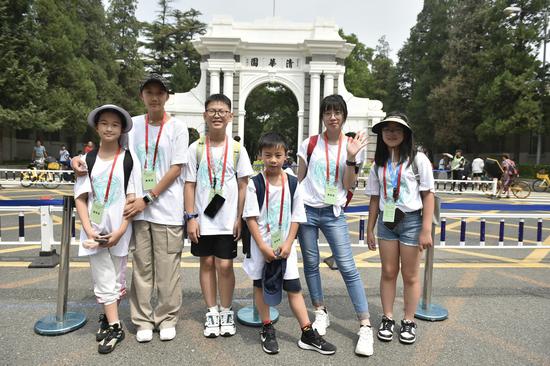
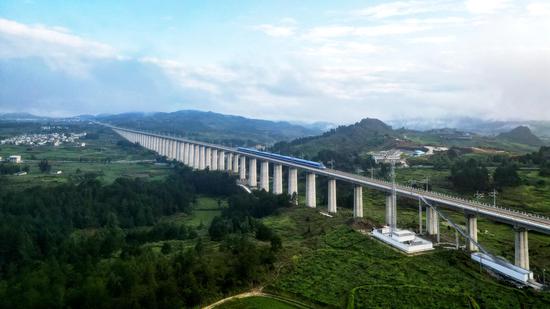



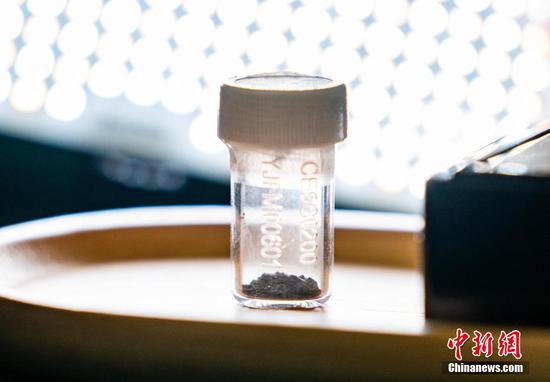

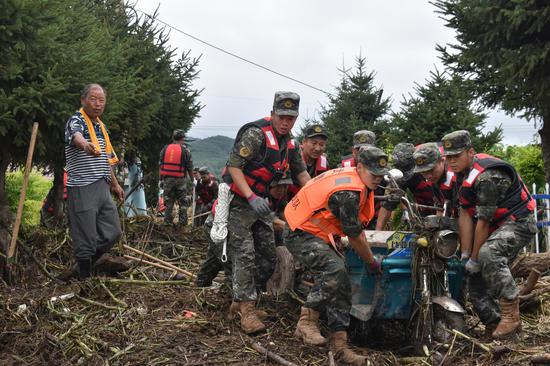





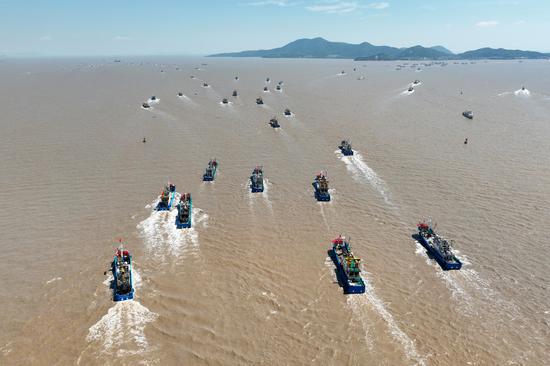

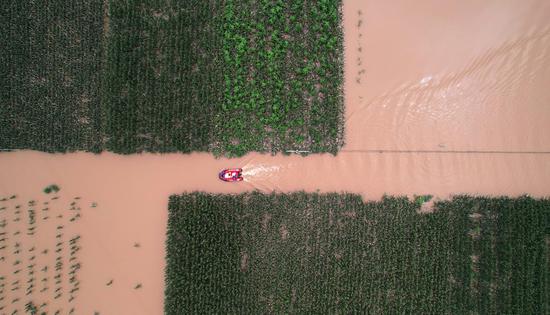
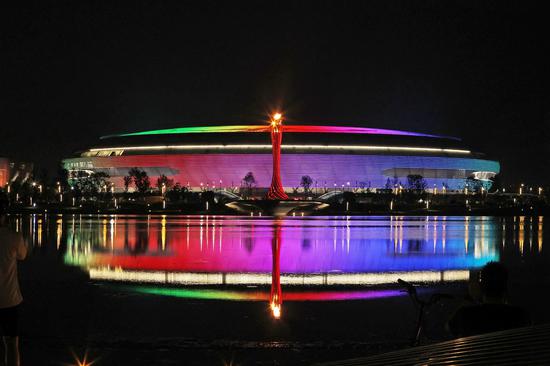

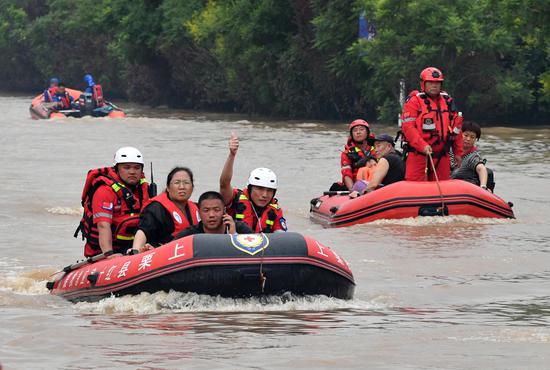



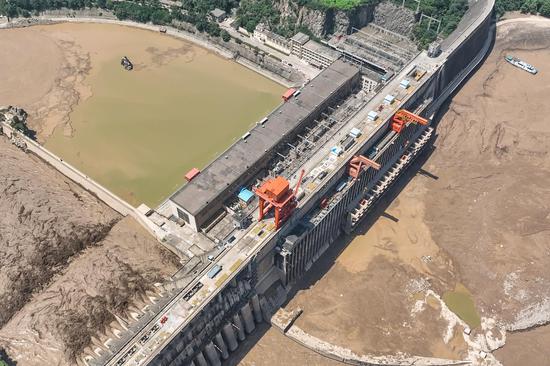

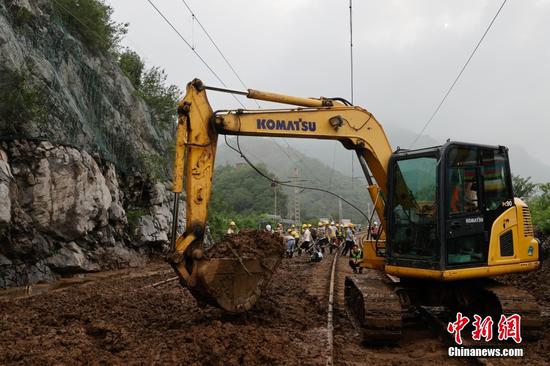
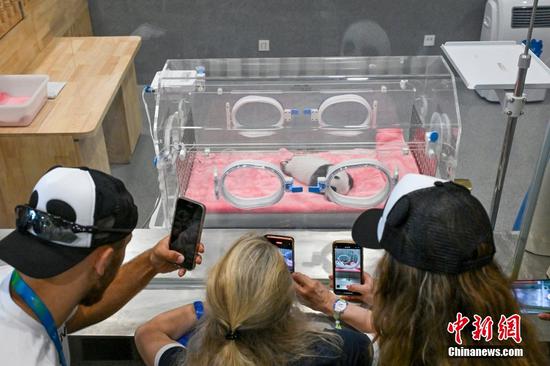
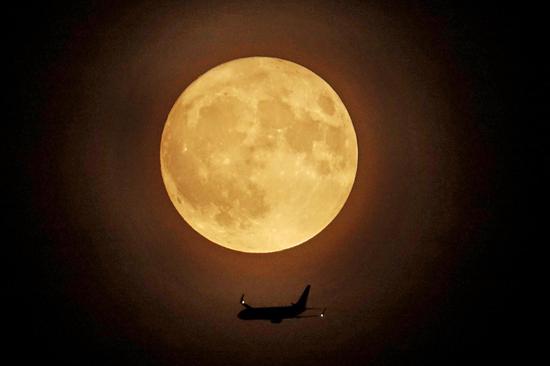


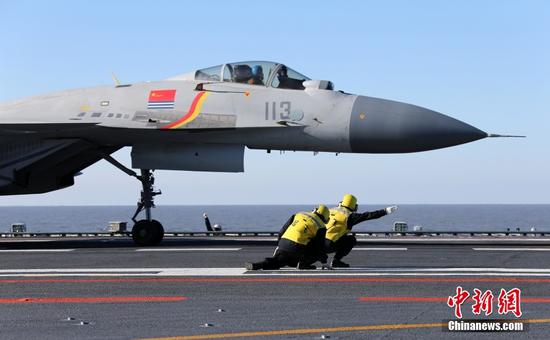
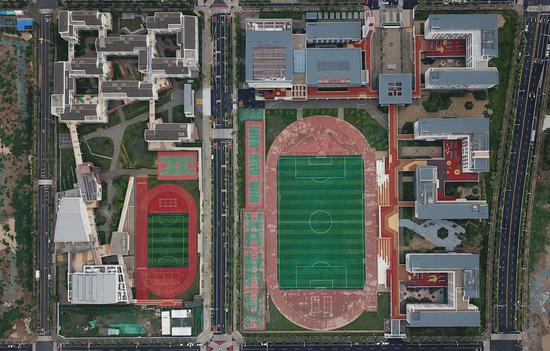
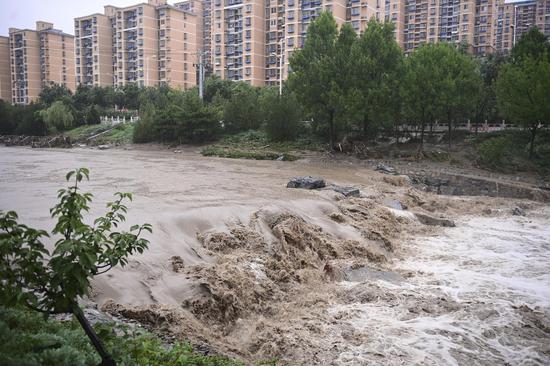



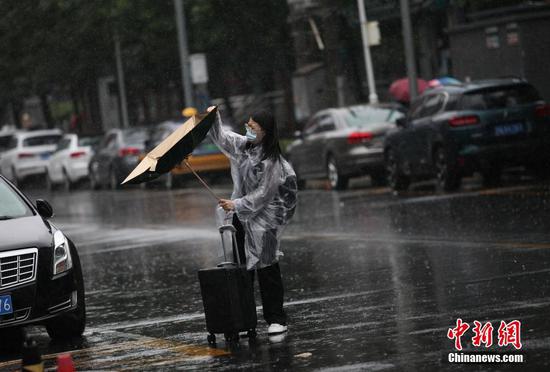






 京公网安备 11010202009201号
京公网安备 11010202009201号